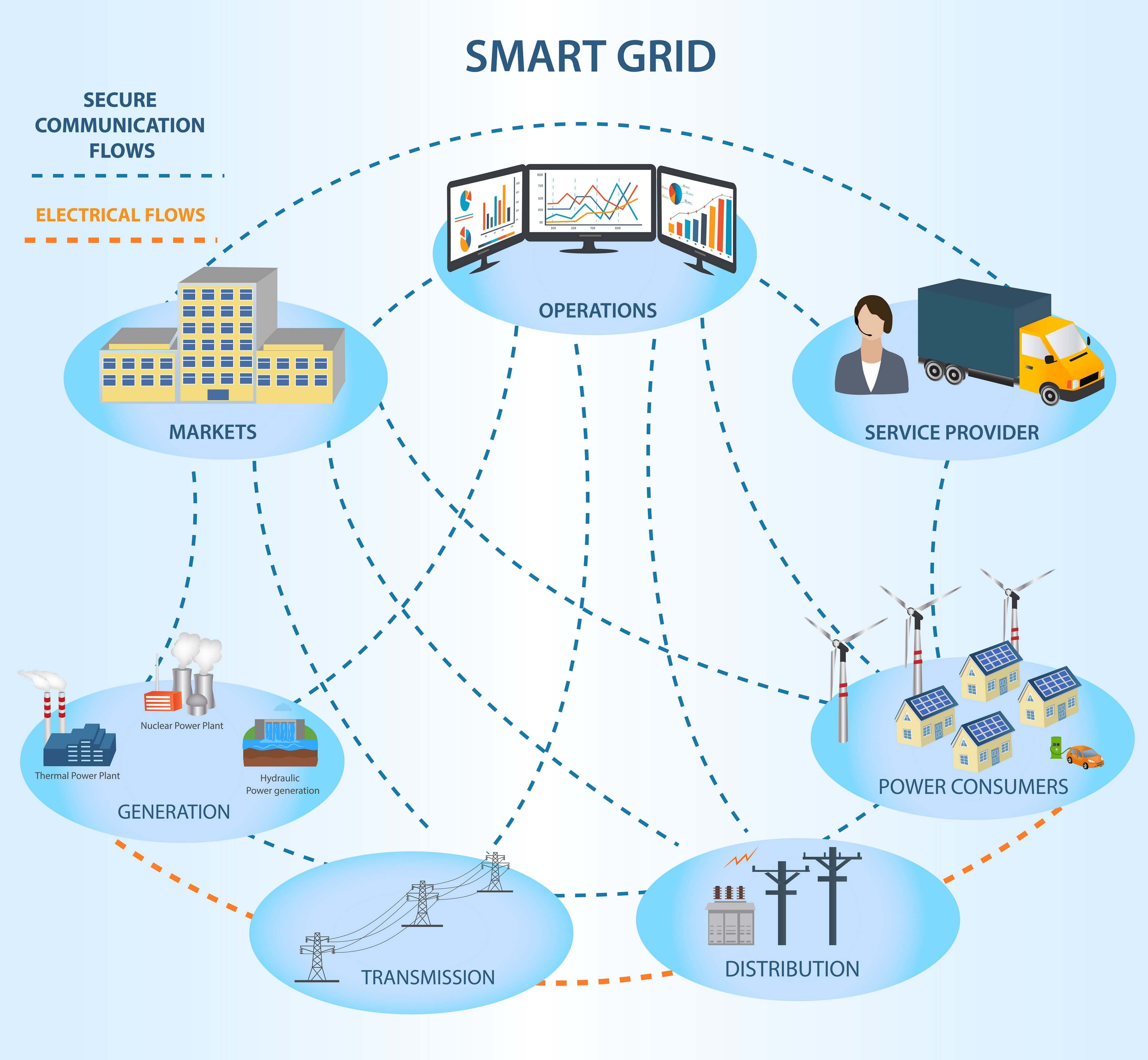
Introduction
The concept of the Internet of Things (IoT) has revolutionized various industries, including building safety. This article explores the significance of IoT in ensuring building safety and its relevance in modern society. Additionally, a brief overview of the article’s content will be provided.
Historical Background
Throughout history, building safety measures have evolved significantly, from basic fire prevention methods to advanced structural engineering techniques. However, the introduction of IoT has further enhanced building safety by integrating technology into existing systems.
Key Concepts and Definitions
Understanding the key concepts is crucial to grasp the importance of IoT in building safety. IoT refers to the network of interconnected devices that collect and exchange data. Building safety encompasses various aspects such as fire prevention, structural stability, and emergency response. The integration of IoT in building safety systems enables real-time monitoring and data collection.

Main Discussion Points
IoT-enabled Sensors and Monitoring Systems
IoT-enabled sensors play a vital role in building safety. These sensors detect various environmental factors, such as temperature, humidity, and air quality, ensuring a safe and comfortable environment. IoT facilitates real-time monitoring and data collection, providing valuable insights for preventive measures. For instance, sensors can detect gas leaks, enabling immediate and effective action to prevent disasters.
Predictive Maintenance and Fault Detection
IoT aids in identifying maintenance needs and potential faults in building systems. By analyzing data collected from sensors and devices, predictive maintenance becomes possible, ensuring the continuous functionality of critical components. This proactive approach saves time and resources while reducing the risk of accidents or malfunctions.
Emergency Response and Evacuation Systems
IoT plays a crucial role in improving emergency response times. By integrating IoT with fire alarm systems, emergency lighting, and other safety measures, buildings can quickly detect and respond to emergencies. Real-time data from various sensors enables efficient evacuation procedures, potentially saving lives.
Case Studies or Examples
Smart Buildings using IoT for Enhanced Safety
Smart buildings incorporate IoT-driven safety features to ensure the highest level of security. These buildings utilize sensors to monitor occupancy, air quality, and energy consumption. The implementation of IoT in safety systems has resulted in improved efficiency, reduced costs, and enhanced occupant comfort.

IoT-enabled Fire Safety Systems in High-Rise Buildings
High-rise buildings face unique safety challenges, especially in terms of fire prevention and evacuation. IoT-enabled fire safety systems have revolutionized traditional fire detection and prevention methods. Immediate detection, automated evacuation procedures, and real-time communication contribute to enhanced fire safety in high-rise buildings.
Current Trends or Developments
Integration of AI and Machine Learning with IoT in Building Safety
The integration of artificial intelligence (AI) and machine learning technologies with IoT in building safety systems has opened up new possibilities. These advanced technologies enable predictive analytics, anomaly detection, and adaptive responses, further improving the effectiveness of building safety measures.
Advancements in IoT Technology for Enhanced Building Safety
Continual advancements in IoT technology have led to the development of more efficient and sophisticated building safety systems. From improved sensor capabilities to enhanced connectivity options, these advancements contribute to better monitoring, maintenance, and emergency response.
Challenges or Controversies
Data Privacy and Security Concerns in IoT-enabled Building Safety Systems
With the vast amount of data being collected and exchanged in IoT systems, data privacy and security become major concerns. Protecting sensitive information and ensuring secure communication channels are essential to prevent unauthorized access or misuse of data.
Ethical Considerations in Monitoring and Surveillance through IoT Devices
The use of IoT devices for monitoring and surveillance purposes raises ethical considerations. Balancing the need for building safety with individuals’ privacy rights requires careful decision-making and adherence to legal and ethical guidelines.

Future Outlook
Anticipated Advancements and Innovations in IoT for Building Safety
The future holds exciting possibilities for IoT in building safety. Anticipated advancements include improved sensor accuracy, increased interoperability, and advanced analytics capabilities. These innovations will further enhance the effectiveness and efficiency of building safety systems.
Potential Impact of IoT on Sustainable and Eco-Friendly Building Practices
IoT can significantly contribute to sustainable and eco-friendly building practices. By optimizing energy usage, monitoring resource consumption, and promoting efficient operations, IoT enables buildings to become more environmentally friendly while ensuring safety.
Integration of IoT with Smart City Initiatives for Comprehensive Safety Measures
The integration of IoT with smart city initiatives can create a comprehensive safety ecosystem. By connecting buildings, infrastructure, and emergency response systems, IoT can streamline communication and coordination, ensuring effective and timely responses to emergencies.
Conclusion
In conclusion, IoT plays a crucial role in ensuring building safety. From IoT-enabled sensors and monitoring systems to predictive maintenance and emergency response, IoT revolutionizes traditional safety measures. It is essential for researchers, professionals, and policymakers to recognize the importance of IoT in building safety and further explore its potential.




